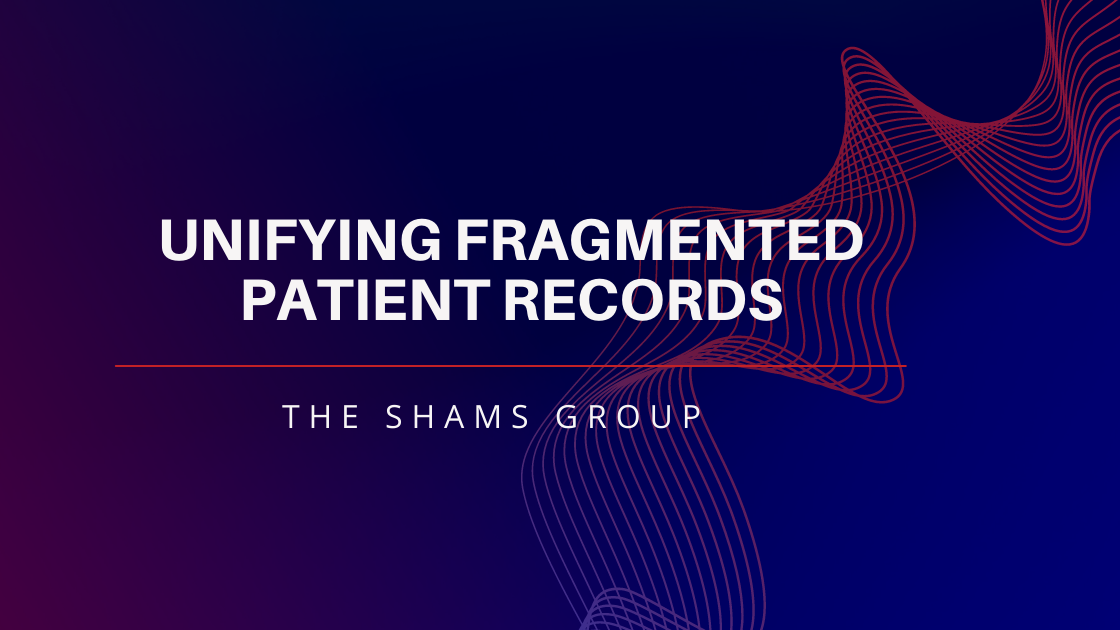Unifying Fragmented Patient Records
by Christopher S. Garner
In the move toward patient-centered care, many healthcare organizations have leveraged EHR technologies for enhanced clinical decision support, greater workflow efficiency, and better health outcomes. But what happens when a collection of unconnected EHR technologies can no longer facilitate these advantages? And what happens when copious amounts of patient data come face to face with that collection of systems for each day spent in operation over the course of years? At its worst, the answer is incomplete patient charts, frustrated hospital employees, and unsatisfied patients.
So, is there a way to unify fragmented patient records without discarding the transactional systems already in place? With EHRViewer, there is.
The Problem with Disparate EHR Systems
The problem with unconnected EHR systems is that they cannot communicate and thus, cannot facilitate the data aggregation needs of the modern healthcare provider. One system may be used for capturing and storing financial patient information, another for clinical information, another for lab values, and so forth. But there is nothing to help bring all of that data into one place, where physicians can easily access it and use it, in aggregate, at the point of care. So, physicians are left to rummage through each EHR system individually or to find someone else who can. Aside from delaying care, this can also leave physicians with a fragmented view of the patient’s previous health and cause care decisions to become obscured.
EHRViewer enables organizations to conquer the disadvantages of disparate EHR systems by consolidating and organizing all patient data into unified patient charts.
A Clearer View of Historic Patient Health at the Point of Care
When a collection of EHR systems ceases to provide a holistic view of patient health at the point of care, it no longer serves its essential function. However, for many organizations, finding and implementing a new system to replace that collection is a daunting undertaking that solves the problem only too late and at too high a cost. And even if they could commit to the years of diligent focus and financial commitment, what would their employees do in the meantime?
With a secure, browser-based viewing portal that supports EHR data aggregation, healthcare organizations need not depart with current systems in order to remedy fragmented patient records. EHRViewer displays patient information from disparate systems across your enterprise in one portal, making it accessible via link in your current EHR. Physicians open the Viewer, and context-aware integration allows them to find and examine all of the clinical and discrete data available to them about the patient.
Transform Fragmented Patient Records into Unified Patient Charts
Fragmented patient records are a barrier to care delivery that frustrate care decisions, harm staff productivity, and thwart patient-centered care. But health systems don’t have to invest years of effort and potentially millions of dollars to find and implement a solution. For healthcare organizations with EHRViewer, unifying fragment patient records is a task already accomplished, and unified records of patient health are only a click away.
You Might Also Like:
Share..







